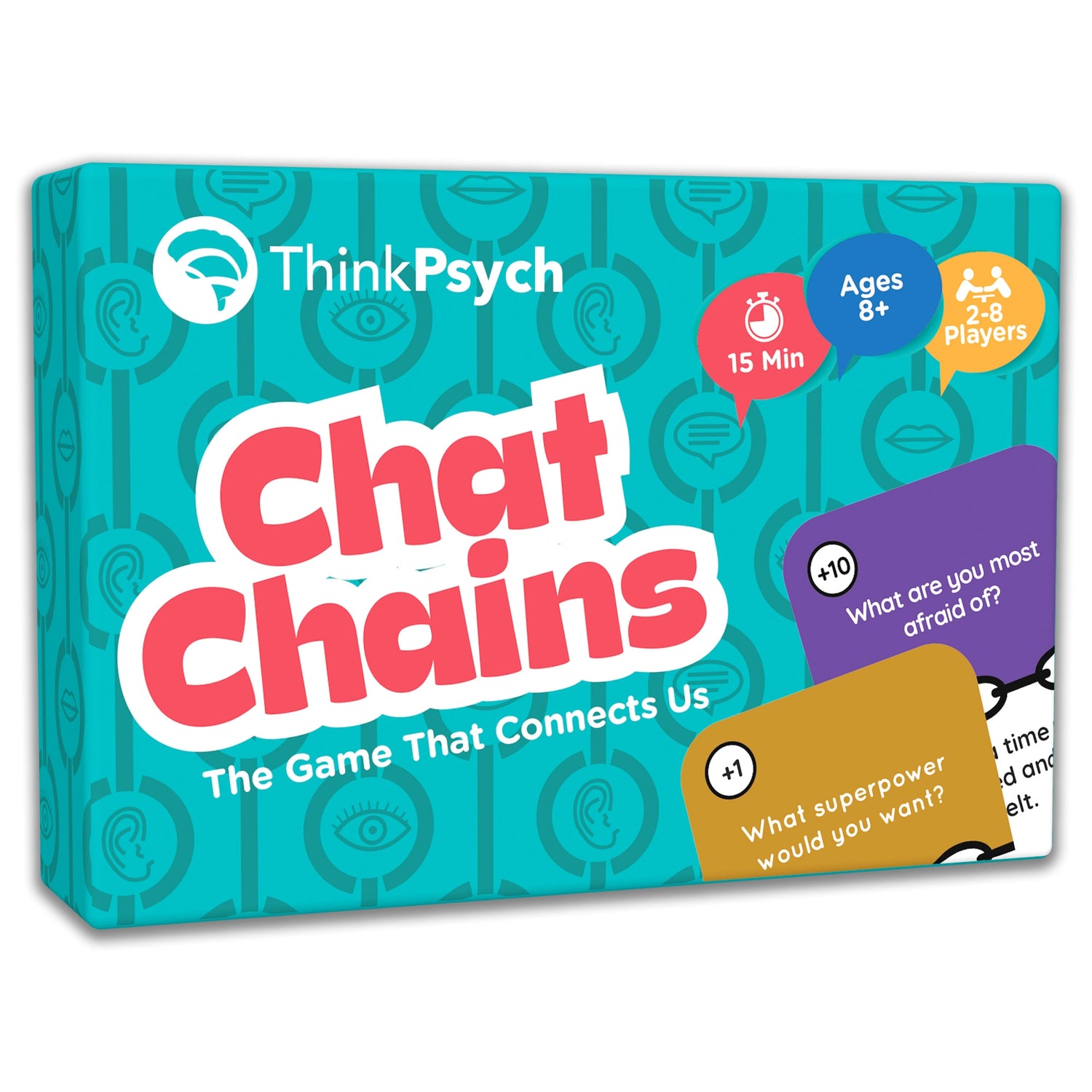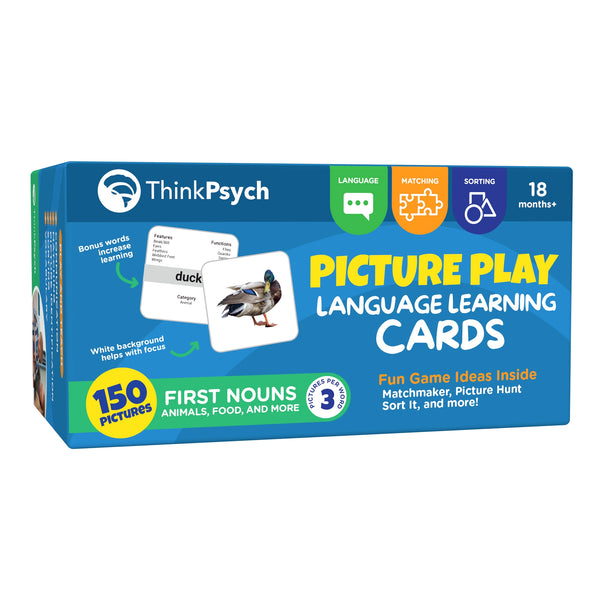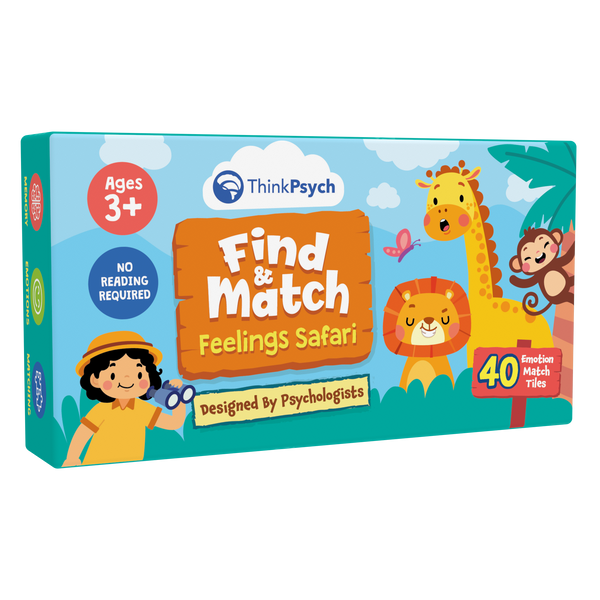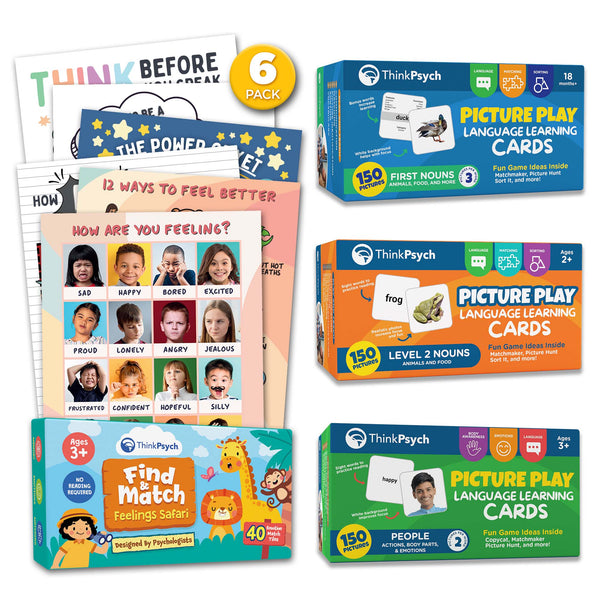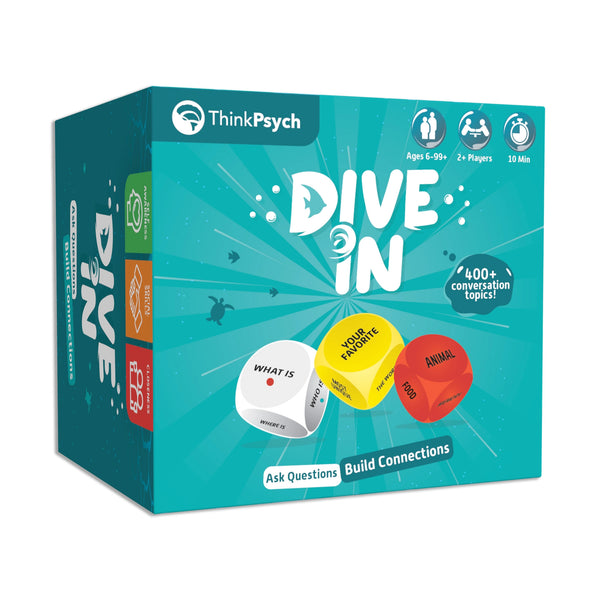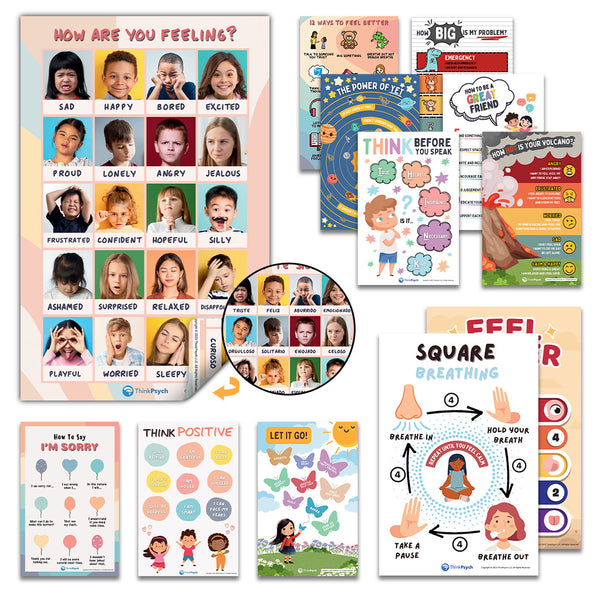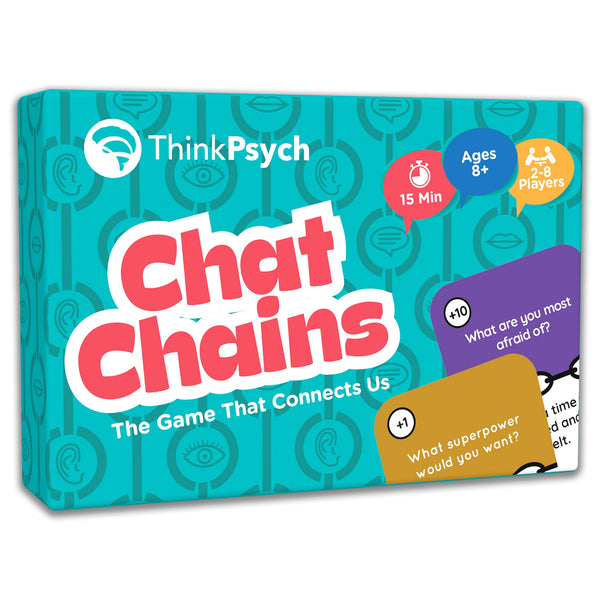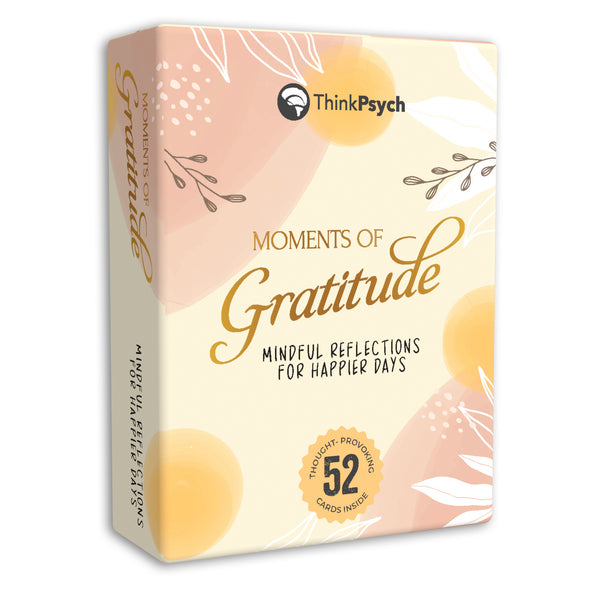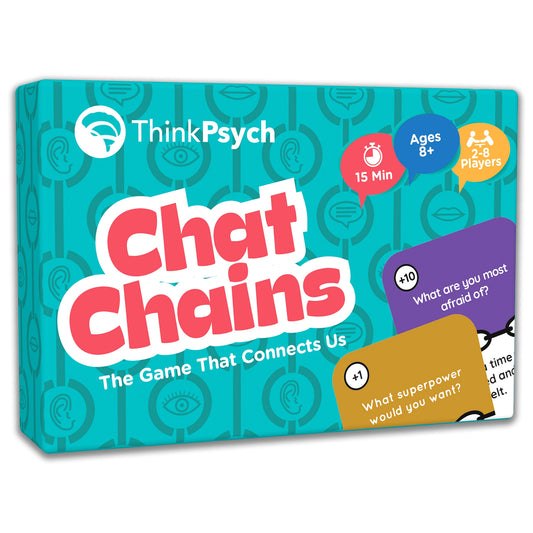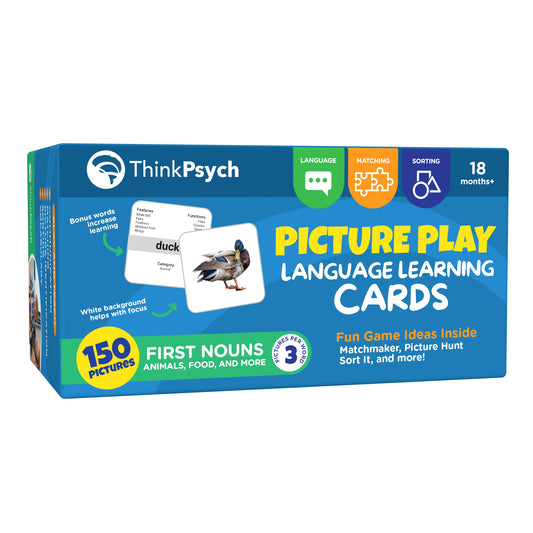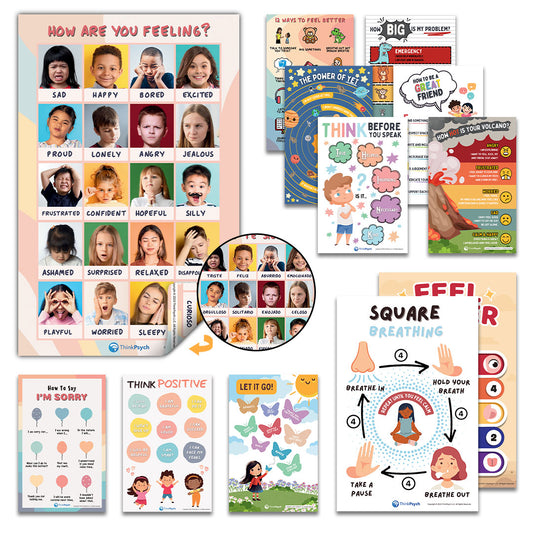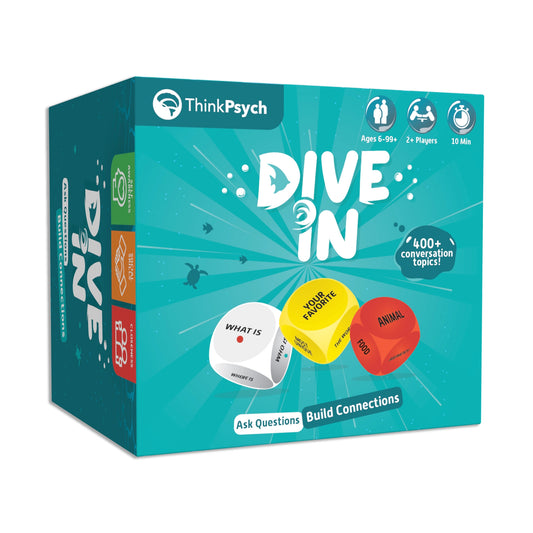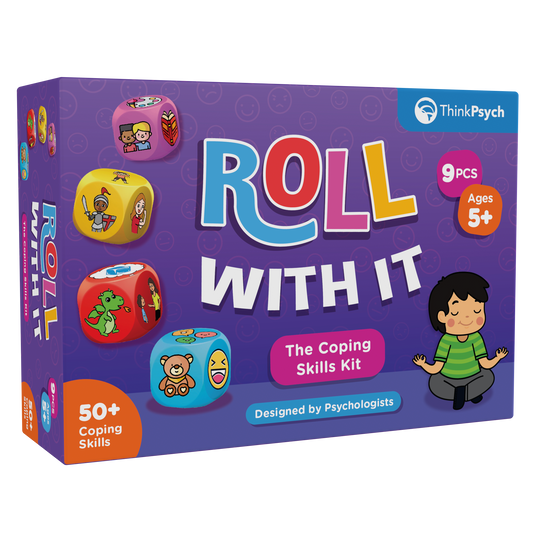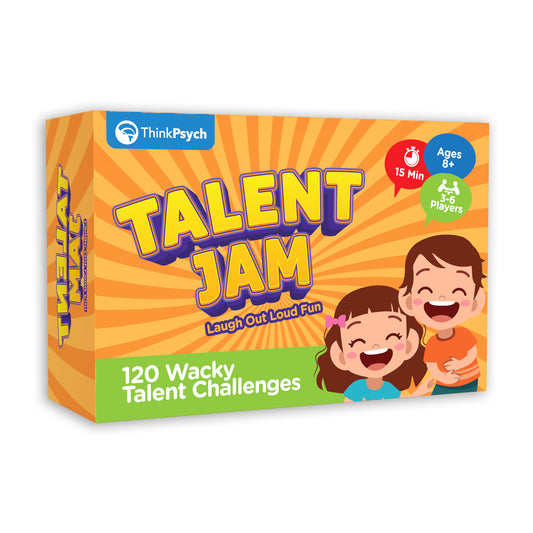
How to Find Reinforcers for Students (Part 1)
Share
Introduction:
Reinforcement is the backbone of any effective ABA intervention program for students with Autism. Unfortunately, it is often poorly understood and used ineffectively. This article will help you to better understand reinforcement and how to use it with your students. Put simply, a reinforcer is any item or event that increases the frequency of behavior that precedes it. In other words, we know that something is a reinforcer because it increases behavior.
Positive vs. Negative Reinforcement
Positive reinforcement occurs when something is added (think addition or a plus sign) and increases the frequency of behavior. This could include toys, snacks, activities, or attention. The something added does NOT have to be “positive”. Remember, supposedly “negative” attention can frequently serve a positive reinforcement purpose for certain students. A common example of this is a student that loves to annoy or “get a reaction” from others. Negative reinforcement is one of the most misunderstood concepts in ABA. Negative reinforcement simply means that something is removed (think subtraction or a minus sign) that then increases the frequency of behavior. How can something being removed serve as a reinforcer? Well, if you remove something unpleasant, then that action can be very reinforcing for a student! For example, removing work, unpleasant smells, or loud noises can all serve as negative reinforcers. The most common example used to describe negative reinforcement is taking a Tylenol. Taking Tylenol removes a headache, which then makes you more likely to take Tylenol in the future.
Reinforcement vs Punishment
On the opposite end of reinforcement is punishment. Punishment is any event that decreases the future likelihood of behavior. Punishment could also be positive (adding something) or negative (taking something away). In ABA, we tend to avoid punishment procedures because of ethical and legal standards that dictate a requirement for positive behavioral interventions and support.
Shop ThinkPsych Products
How to Identify Effective Reinforcers
There are five informal strategies for identifying reinforcers for any given student:
- Ask – Simply ask the student or trusted others about what the child enjoys. However, you must remember that preferences can change over time and the student may only want those items or activities at certain times.
- Watch – Allow the child to explore an environment freely for 5-10 minutes. Observe which sorts of objects they look at and choose to play with. These could be potential reinforcers.
- Sample – Provide child with access to pleasant items (e.g., new toys) and activities to see how they respond.
- Offer Choices – Provide a child with options and allow them to select which ones they are most interested in.
- Try and See – Try to implement a new toy, activity, or edible as a reward for completing work. If the child responds positively, then that item or activity may be a good reinforcer.
A Word on Satiation and Deprivation
It is important that no reinforcer will last forever! Once a child is repeatedly exposed to the same reinforcer, they could get satiated. This means that the reinforcer has become less valuable. In other words, if you keep using an M&M as a reinforcer, a child could become bored or “full of” M&Ms. It is important to vary the type of reinforcement that we use so that it doesn’t become stale. On the other hand, if we want to ensure that a child is motivated to practice or learn a very difficult skill, we might reserve a specific reinforcer that is only used for that skill (e.g., a special snack). As a result, the child would be in a state of deprivation, where that snack would be extra valuable and effective as a reinforcer.
Formal Methods for Preference Assessment
In addition to the five informal strategies we discussed above, there are also formal preference assessments that help identify reinforcers. We cover these in part 2 of this series.
